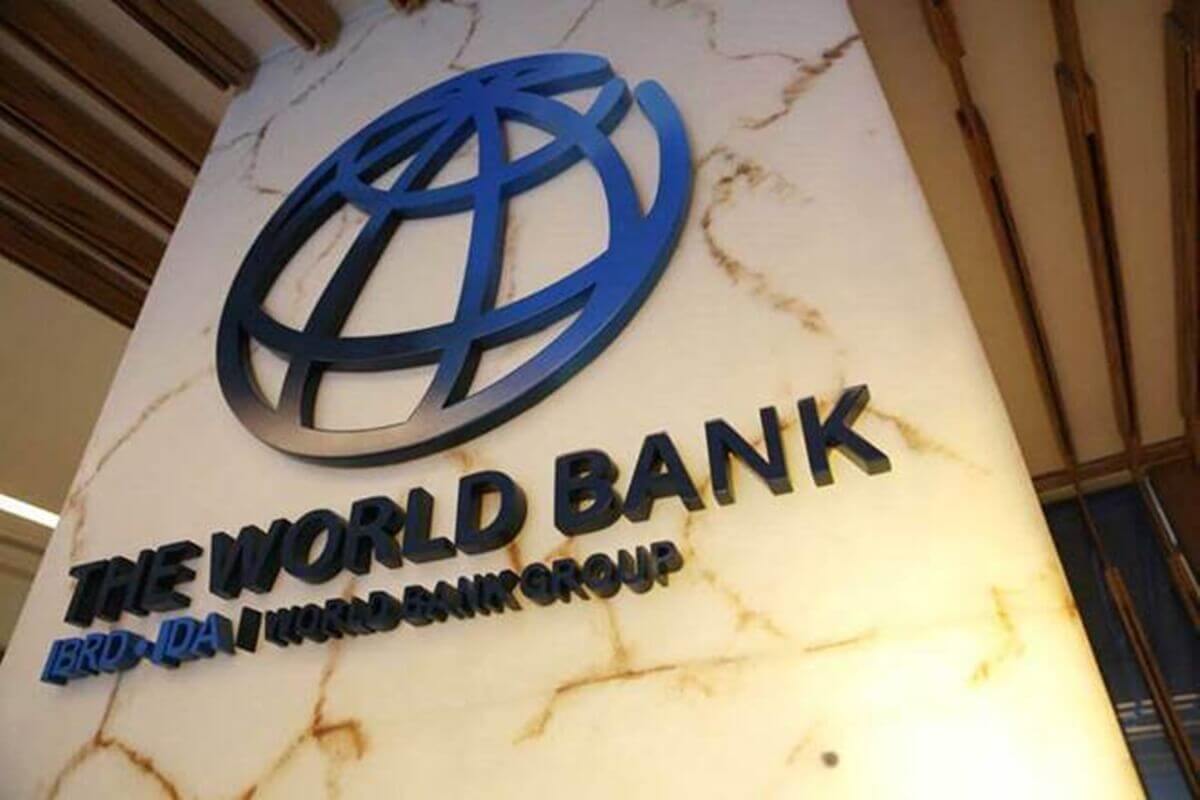In a rare bit of positive news for the African continent and indeed the world during the ongoing pandemic, the World Bank has now classified Tanzania and Benin as lower-middle-income countries, while declaring Mauritius as a high-income country.
Tanzanian President Dr. John Magufuli tweeted, “Today, the World Bank has declared Tanzania Middle Income Country…We had envisaged to achieve this status by 2025 but, with strong determination, this has been possible in 2020.”
Magufuli’s Development Vision had originally sought to make Tanzania a “semi-industrialized, middle-income economy” by 2025. Consequently, it is now in the same group as Kenya. Tanzania’s Gross National Income (GNI) per capita is now $1,080, up $60 from the previous year. Benin’s GNI per capita is $1,250, while Mauritius’ is $12,740.
Sudan and Algeria, unfortunately, were at the opposite end of the spectrum. While Sudan was moved from the lower-middle-income country category to the low-income category, Algeria was recategorized as a lower-middle-income country, having been listed as an upper-middle income country in 2019. As a result, Sudan and Algeria are now in the same income grouping as Burundi, Rwanda, South Sudan, and Uganda.
The Bank said, “For Sudan, the GNI series for 2009-2018 has been revised as a result of revisions to the exchange rates. The 2018 GNI per capita figure has been revised down to $840 from the previously published figure of $1,560.”
Uganda, on the other hand, had a National Development Plan in place to focus on its agriculture, tourism, and minerals industries, with a goal of becoming a lower-middle-income country by 2020 and an upper-middle income country by 2040. However, with an annual GNI per capita of just $780, Uganda has failed to achieve President Yoweri Museveni’s primary goal.
For reference, the GNI per capita is the dollar value of a country’s income in a given year, divided by its total population. The bank’s four income groups are as follows: low-income countries have an annual GNI per capita of less than $1,036; lower-middle-income countries have an annual GNI per capita of between $1,036 and $4,045; upper-middle-income countries fall between $4,046 and $12,535; and high-income countries have an annual GNI per capita in excess of $12,535. The GNI figure includes a country’s gross domestic product (GDP) and also the income it receives from ‘overseas sources’.
Ranking higher on this list can attract a better credit rating and incentivize foreign investment. Indeed, Tanzania will now have access to international credit markets as a result of its improved rating. At the same time, however, it may preclude a country from certain economic concessions, such as “concessional loans and preferential market access”.
It is also important to note the World Bank’s caveat that “National accounts revisions have played a significant role in the upward revision for Benin, Nauru and Tanzania”. The Open Budget Survey (OBS), which ranks countries according to their budget transparency, has downgraded Tanzania’s ranking every year since 2015. Tanzania is listed among the countries that provide “insufficient or no information about [their] budget”. Therefore, given that the World Bank rankings are dependent on a country’s national accounts, and that Tanzania’s national accounts are notoriously incomplete or opaque, it is possible that its new ranking may need to be taken with a grain of salt.
Yet another element that should cause the public to temper their enthusiasm is that the Bank has sought to emphasize on that fact that the “GNI numbers used for this year’s classification do not yet reflect the impact of the Covid-19 pandemic”. In fact, just last month, the World Bank predicted that Tanzania’s economic growth will fall to 2.5% in 2020—down from 6.9% in 2019—due to the coronavirus pandemic.
During the preliminary stages of the coronavirus outbreak, the IMF estimated that poor and developing countries would require $2.5 trillion in financial assistance. Similarly, the International Labour Organization (ILO) estimates a loss of over 300 million full-time jobs due to the pandemic. The World Food Programme (WFP) calculated that more than 265 million people are at risk of malnutrition. Likewise, the United Nations (UN) warns that over 400 million people now face poverty.
Therefore, it is very likely that many of these rankings will need to be revised next year in light of the sheer economic damage wrought by the coronavirus pandemic.
Image Source: Bussiness Standard
World Bank Upgrades Tanzania, Benin, and Mauritius’ Income Categories
The Bank’s statement has been celebrated as a great achievement in all three countries.
July 6, 2020

